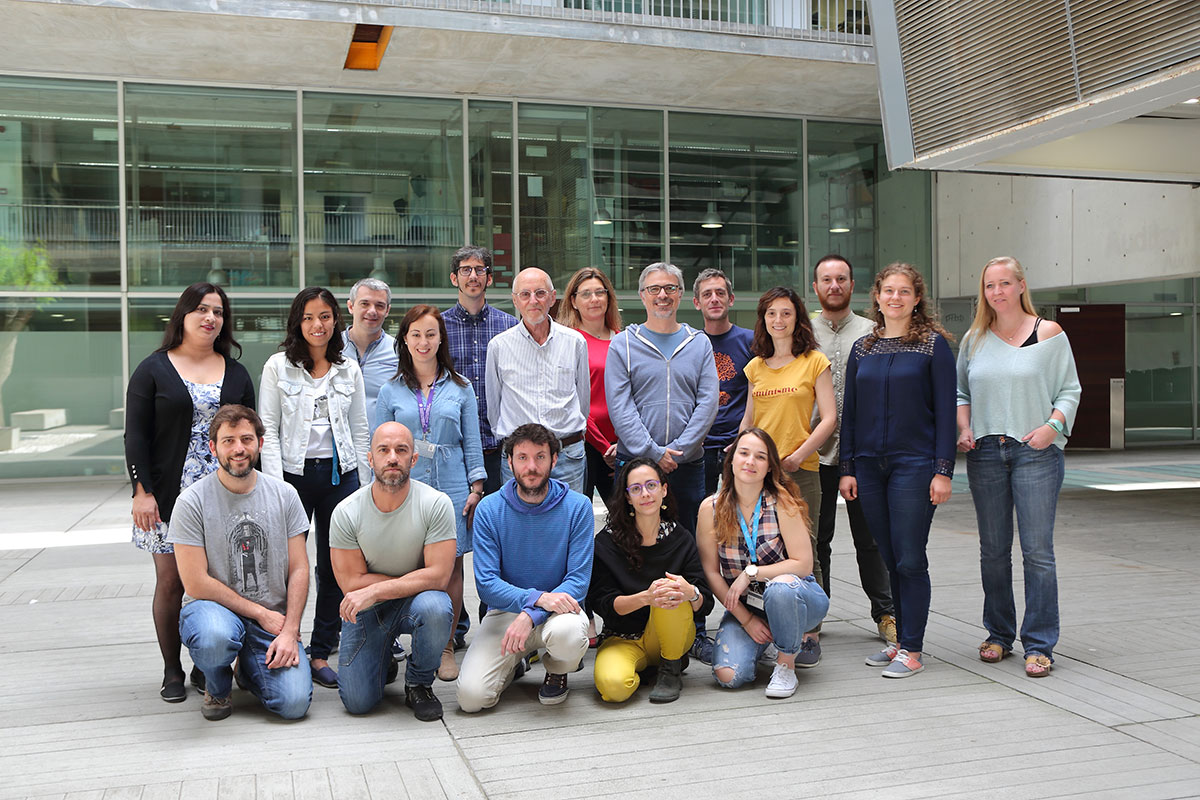Stadhouders R, Vidal E, Serra F, Di Stefano B, Le Dily F, Quilez J, Gomez A, Collombet S, Berenguer C, Cuartero Y, Hecht J, Filion G, Beato M, Marti-Renom MA, Graf T.
“Genome topology can direct gene regulatory path choice during cell reprogramming”
Nature Genetics, 50:238-49, 2018. doi:10.1038/s41588-017-0030-7.
LeDily F, Vidal E, Cuartero Y, Quilez J, Nacht S, Vicent GP, Sharma P, Verde G, Marti-Renom M, Beato M.
“Hormone control regions mediate opposing steroid receptor-dependent genome organization.”
Genome Research, Dec 14, 2018. doi:10.1101/gr.243824.118
Page BDG, Valerie NCK, Wright RHG, Wallner O, Isaksson R, Carter M, Rudd SG, Loseva O, Jemth AS, Almlöf I, Font-Mateu J, Llona-Minguez S, Baranczewski P, Jeppsson F, Homan E, Almqvist H, Axelsson H, Regmi S, Lundbäck T, Scobie M, Strömberg K, Stenmark K, Beato M, Helleday T.
“Potent inhibitors of NUDT5 block hormonal gene regulation in breast cancer cells.”
Nature Communications, 9:250, 2018. doi:10.1038/s41467-017-02293-7.
Sharma P, Lioutas A, Fernandez-Fuentes N, Quilez J, Carbonell J, Wright RHG, Di Vona C, Le Dily F, Schüller R, Eick D, Oliva B, Beato M.
“Arginine citrullination of the C-terminal domain controls RNA polymerase II transcription.”
Molecular Cell, Nov 21, 2018. doi:10.1101/gr.243824.118
Verde G, De Llobet L, Wright RHG, Quilez J, Peiró S, Le Dily F, Beato M.
“Unliganded progesterone receptor governs estrogen receptor gene expression by regulating DNA methylation in breast cancer cells.”
Cancers, 10:371, 2018.
